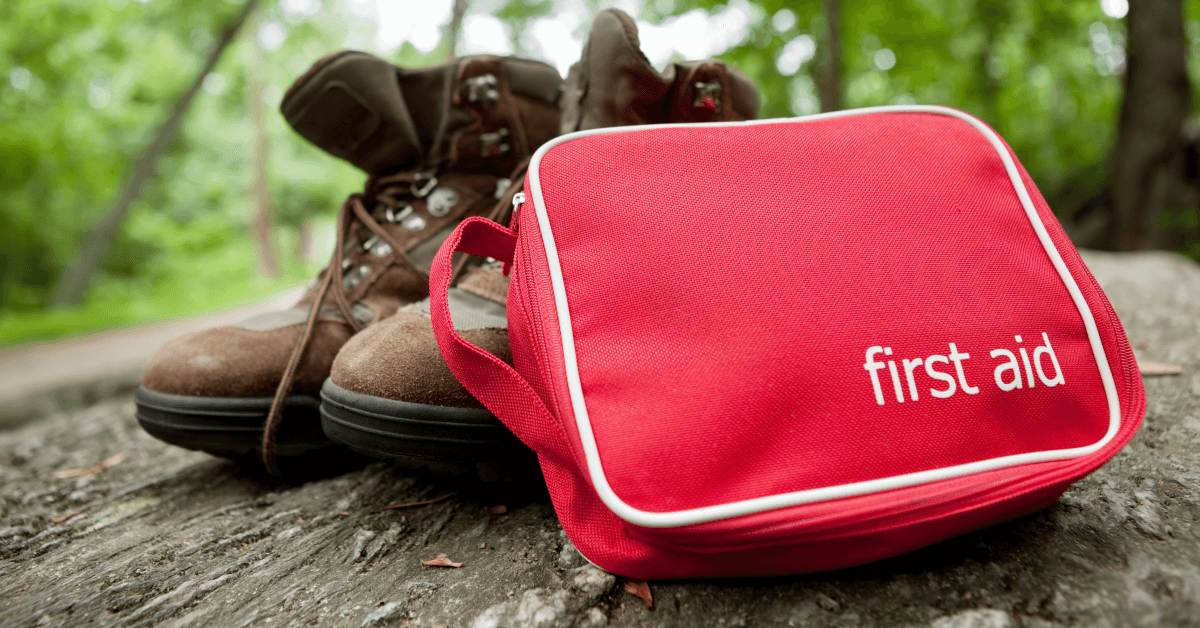Minimalist First Aid Kit
We take a look at the right decisions to make when packing your own minimalist first aid kit, part of an ultralight walking setup.
Minimalist First Aid Kit
https://www.contours.co.uk/minimalist-first-aid-kit
by Catherine Sempill
As with any hobby, it’s easy to go all out on adventure gear, and that includes your first aid kit for hiking or cycling holidays. If you’re nervous, prone to accidents or heading somewhere very remote, a comprehensive first aid kit is a must. However, not every trip demands a hospital-level stash of supplies, and not everyone wants to carry so much on their person either.
The fact is, on many of the UK’s trails, you’ll be a phone call, short taxi ride or a walkable distance from a pharmacy or clinic, so you can get away with a slimmed-down first aid supply. Here’s how to gauge your first aid packing and a list of recommended items.

If you’re wondering just how minimalist you can get, here’s a packing list for a true bare-minimum first aid kit. Obviously if you can carry more, please do so; this is an example of how to maximise usefulness. Be sure to only deploy these items in a way you are confident in using them.
If you’re trying to pack light, prioritise treatment for the most common ailments:
With these items in your daypack, you’ll be ready for the most common health issues on the trail without being weighed down by a hefty stash of first aid supplies. However, if you want a more comprehensive first aid kit for peace of mind, or your route requires extra precautions, you may find these articles helpful:
Independent Copywriter
Catherine is a freelance copywriter and content marketer who loves to travel and spend time outdoors. Born and raised in Cape Town, South Africa, she grew up stomping up and down mountains. Now she splits her time between strolling in the UK countryside and exploring mountains further afield.